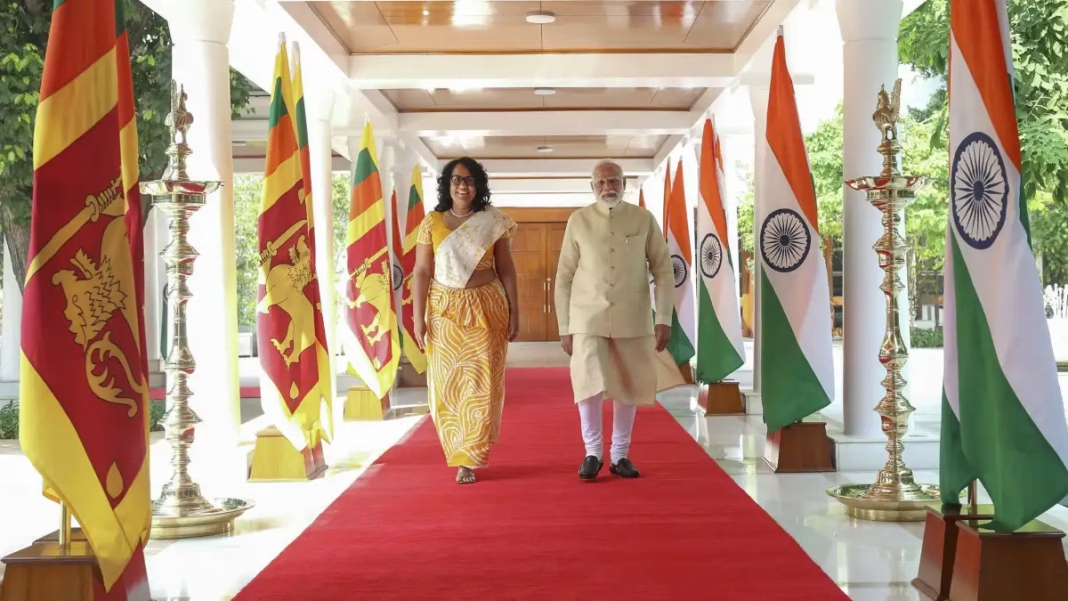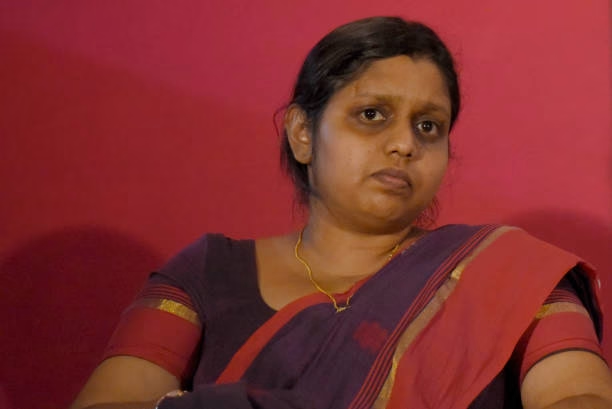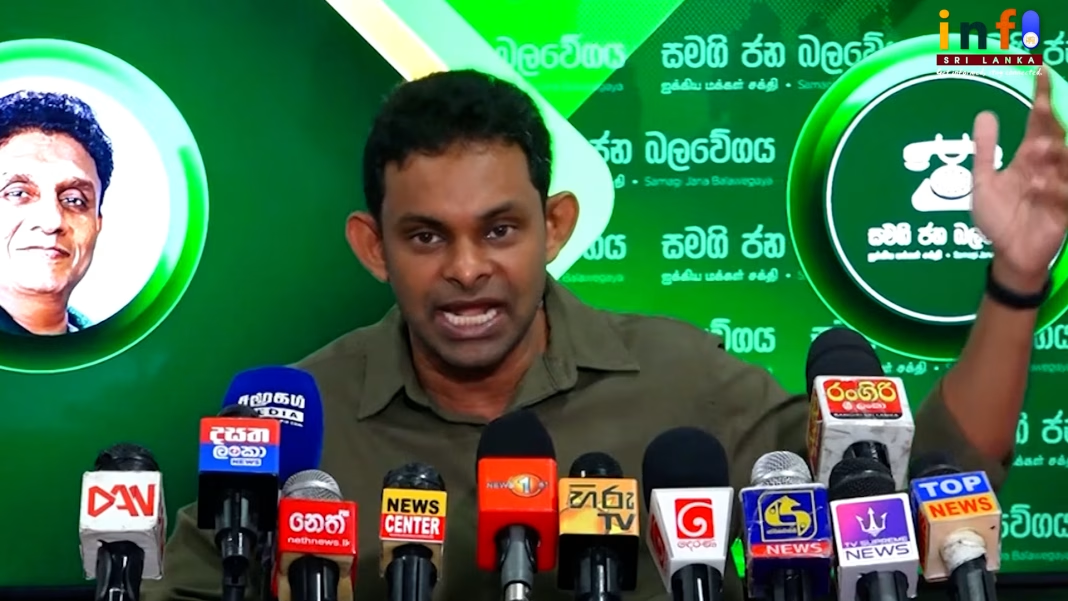Prime Minister Harini Amarasuriya’s two recent official visits became something of a media event: a cascade of carefully choreographed images, from the cockpit-window shots to slow-motion footage of diplomatic handshakes. The communications teams, apparently at the public’s expense, framed each moment as the dawn of a new technocratic confidence—a tableau of modern leadership designed to contrast sharply with the weary theatrics of the old guard. The choreography is fascinating not merely as public relations but as anthropology: a ritual in which a society, exhausted by decades of political disillusionment, tries once more to imagine the possibility of renewal. Yet, as Hannah Arendt warned in On Revolution, “The most radical revolutionary will become a conservative the day after the revolution.” The question is whether this imagery signifies transformation or the repetition of an old pattern—where the faces change but the grammar of power remains the same.
Sri Lanka’s political structure has long oscillated between populist upheaval and elite consolidation. Each wave of reform has produced its own messianic figures, only to reveal that the architecture of decision-making—its economic dependencies, its donor conditionalities, its global alignments—was largely untouched. Rita Abrahamsen’s Disciplining Democracy helps decode this continuity. After the Cold War, she argues, the “good-governance agenda” recast Western tutelage in moral language: democracy became a funding condition, not an emancipatory project. The new rulers of the global South were expected to perform accountability while remaining structurally obedient to the logics of capital and debt. “African governments,” she wrote, “remain in a cleft stick—supposedly responsible to their electorates at home, in fact beholden to external creditors and donors.” Substitute Sri Lankan for African and the sentence scarcely needs editing.
Harini Amarasuriya’s ascent—from academic anthropology into national office—can be read through that lens. It embodies the promise and peril of the professional intellectual entering power: a faith that evidence-based governance can heal a wounded polity, shadowed by the risk that technocratic rationality becomes a new mask for dependency. In a society where foreign aid, NGO funding, and consultancy expertise permeate every sphere of policymaking, even genuine reformers operate within what James Ferguson called the anti-politics machine—a system that converts political contestation into technical management. Ferguson showed how development discourse depoliticizes poverty by treating it as a problem of administration rather than inequality. The anthropologist-turned-leader thus faces a paradox: the more she speaks the language of efficiency and participation, the more she risks reproducing the very depoliticization that sustains injustice.
Frantz Fanon foresaw this bind at independence: “The national bourgeoisie steps into the shoes of the former European settlement; it becomes the intermediary.” The danger was never merely betrayal but substitution—the replacement of colonial masters by domestic managers fluent in the idiom of global modernity. Sri Lanka’s flirtation with donor-driven liberalism mirrors what Abrahamsen calls democracy under tutelage. Development reports and governance indices become instruments of legitimacy; success is measured by compliance rather than transformation. In such a world, the rise of an articulate, cosmopolitan prime minister can appear as both progress and confirmation that politics has been outsourced to a new clerisy.
Albert Camus, reflecting on the European revolutions that devoured their ideals, warned that “the slave begins by demanding justice and ends by wanting to wear a crown.” He meant that revolt, once institutionalized, risks reversing its moral compass. In Sri Lanka, the populist energies that once animated the left—labor struggles, rural cooperatives, educational reforms—now feed into the spectacle of managerial renewal. The rhetoric of empowerment survives, but its referent shifts from collective agency to individual branding. The slow-motion handshake becomes the metonym of progress; the people, meanwhile, remain spectators to their own representation.
None of this is unique to Sri Lanka. The 20th century is strewn with movements hijacked by elites or external benefactors. The Russian Revolution promised workers’ councils and delivered a party-state; the Iranian Revolution toppled tyranny and enthroned theocrats; the African independence movements expelled colonizers but inherited debt, structural adjustment, and comprador classes. Even the Arab Spring, born of digital hope, was rapidly re-colonized by geopolitics and capital. Each began with the cry for dignity; each ended in the bureaucracy Kafka foresaw when he wrote, “Every revolution evaporates and leaves behind only the slime of a new bureaucracy.” The Sri Lankan case, viewed anthropologically, is part of that same genealogy of disappointment.
Yet anthropology also teaches us to read performance not only as deceit but as meaning-making. The prime minister’s media choreography can be seen as an attempt to rewrite Sri Lanka’s self-image—to project competence where cynicism reigns. The aesthetic of governance, from wardrobe to vocabulary, becomes a moral pedagogy. Antonio Gramsci would call this the work of hegemony: securing consent not through coercion but through cultural persuasion. The Colombo intelligentsia, NGOs, and donor agencies form a bloc that defines what counts as “reasonable” politics. Within that horizon, radical redistribution or economic sovereignty appears irrational, while “good governance” and “transparency” sound like common sense. Gramsci’s insight explains why even sincere reformers rarely transcend the consensus that birthed them.
There is, however, a second reading—one that grants agency to the actors trapped within these constraints. Arendt reminded us that politics is the realm of natality, the capacity to begin anew. Every arrival in power, however scripted, carries the possibility of interruption. A leader schooled in anthropology might yet turn reflexivity against the system itself, exposing its contradictions. But such renewal would require confronting the very donors and elites who sustain the apparatus of governance. It would mean risking ungovernability for the sake of freedom—a gamble few technocrats are willing to take.
American sociologist C. Wright Mills observed that modern democracies are ruled by a “power elite,” a triangle of corporate, military, and political interests. In the post-colonial world that triangle includes international finance, NGOs, and domestic bureaucracies. Their alignment ensures continuity across electoral cycles. The public relations spectacle of leadership changes, but the coordinates of policy—privatization, austerity, investment incentives—remain fixed. Hence the anthropological irony: the people are invited to participate in the ritual of renewal precisely so that the structure need not change.
What, then, does Harini Amarasuriya’s premiership signify? It signifies both the exhaustion of old populisms and the rise of a new managerial populism: the belief that transparency dashboards can substitute for justice, that branding can redeem bureaucracy. It reveals the success of what Sheldon Wolin called “inverted totalitarianism,” in which corporate and bureaucratic power hollow out democracy while preserving its symbols. The smile, the handshake, the cockpit video—all become liturgies of legitimacy in an era when legitimacy itself is in short supply.
Yet critique without hope is sterile. Camus insisted that rebellion, to remain human, must affirm life even as it denies injustice. The challenge for Sri Lanka—and for every society caught between dependency and despair—is to reclaim democracy as an event of meaning, not a management technique. That requires more than new leaders; it demands a new imagination of politics, one that sees through the choreography of reform to the deeper question of power: who decides, in whose name, and for whose benefit.
Until that imagination awakens, the cycle will continue. Each “new dawn” will borrow the light of the old empire; each reform will bear the watermark of the donor. And the citizens, weary but hopeful, will watch the next slow-motion handshake and whisper, perhaps quoting Nietzsche, “Whoever fights monsters should see to it that in the process he does not become a monster.” The tragedy is that even awareness of the pattern does not free us from it. But awareness is the first act of rebellion—and rebellion, as Camus reminded us, is where freedom begins.
Having long avoided confronting their own internal struggles, the JVP appears to have spent months contemplating how to replace Harini and with whom, yet quietly she has asserted herself, turning the calculations on their head. After a series of missteps and self-delusions, they assumed that seizing power would be straightforward, only to find themselves subtly outmaneuvered. External actors, some fortuitously aligned with NGOs and networks of influence, now add another layer of complication to this unfolding drama.
Whether the JVP can fully apprehend the forces at play is uncertain, but they will need to reconsider their strategies before events take a turn that deepens their miscalculations. Meanwhile, it seems inevitable that the Sinhalese public, captivated by the spectacle, may soon believe Harini to be a new messianic figure, yet beneath this surface lies yet another profound deception.
– Luxman Aravind





